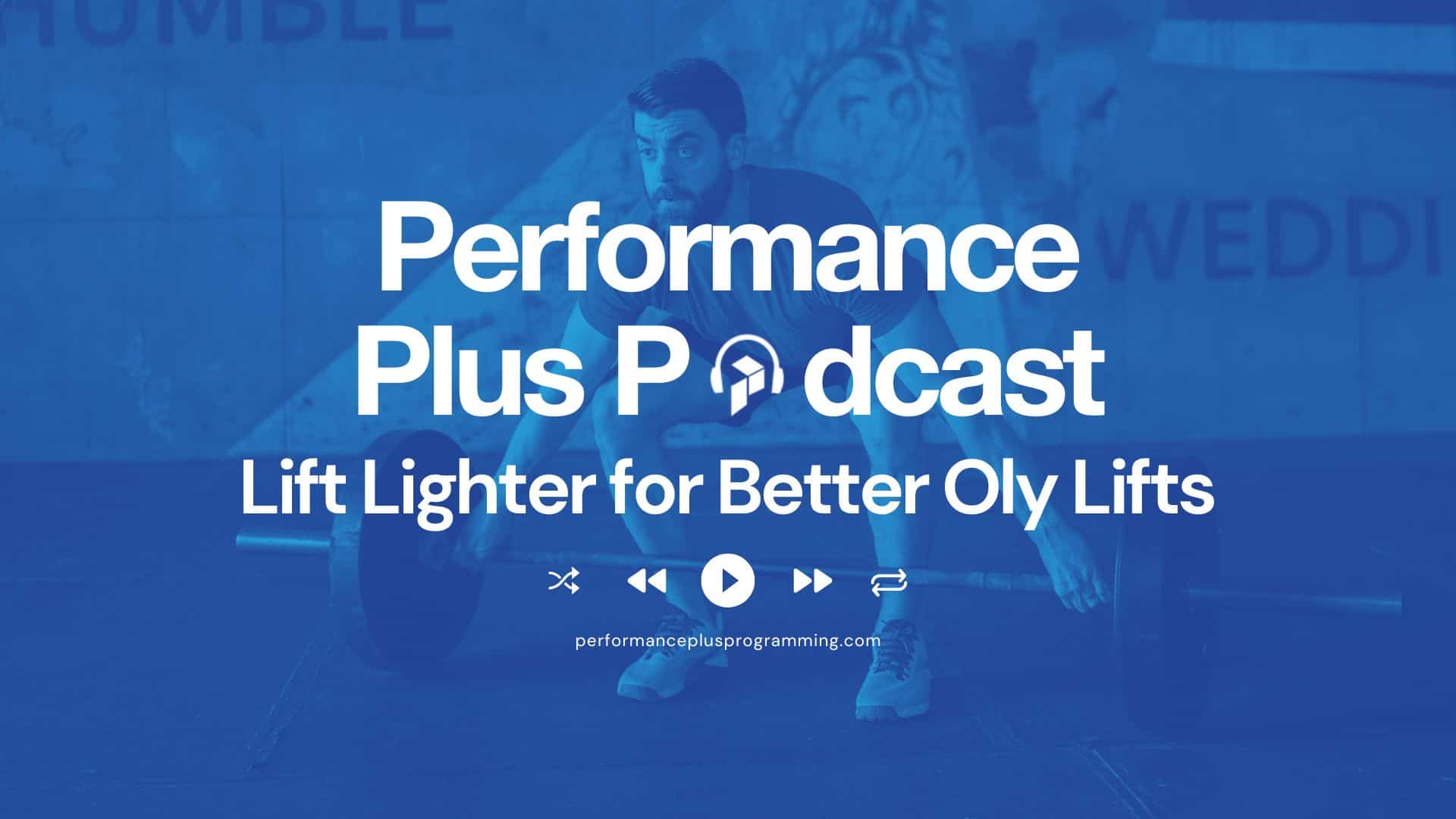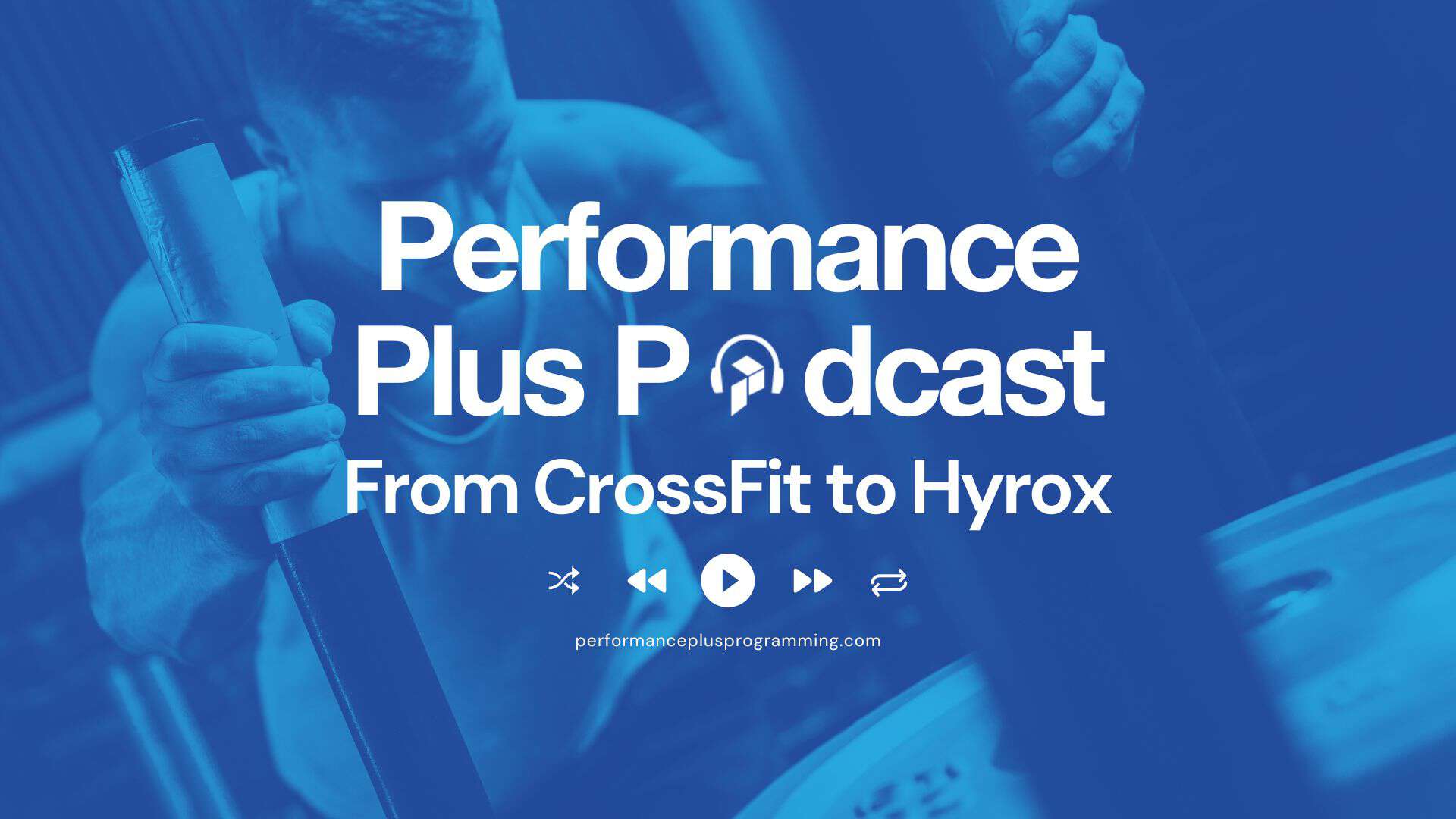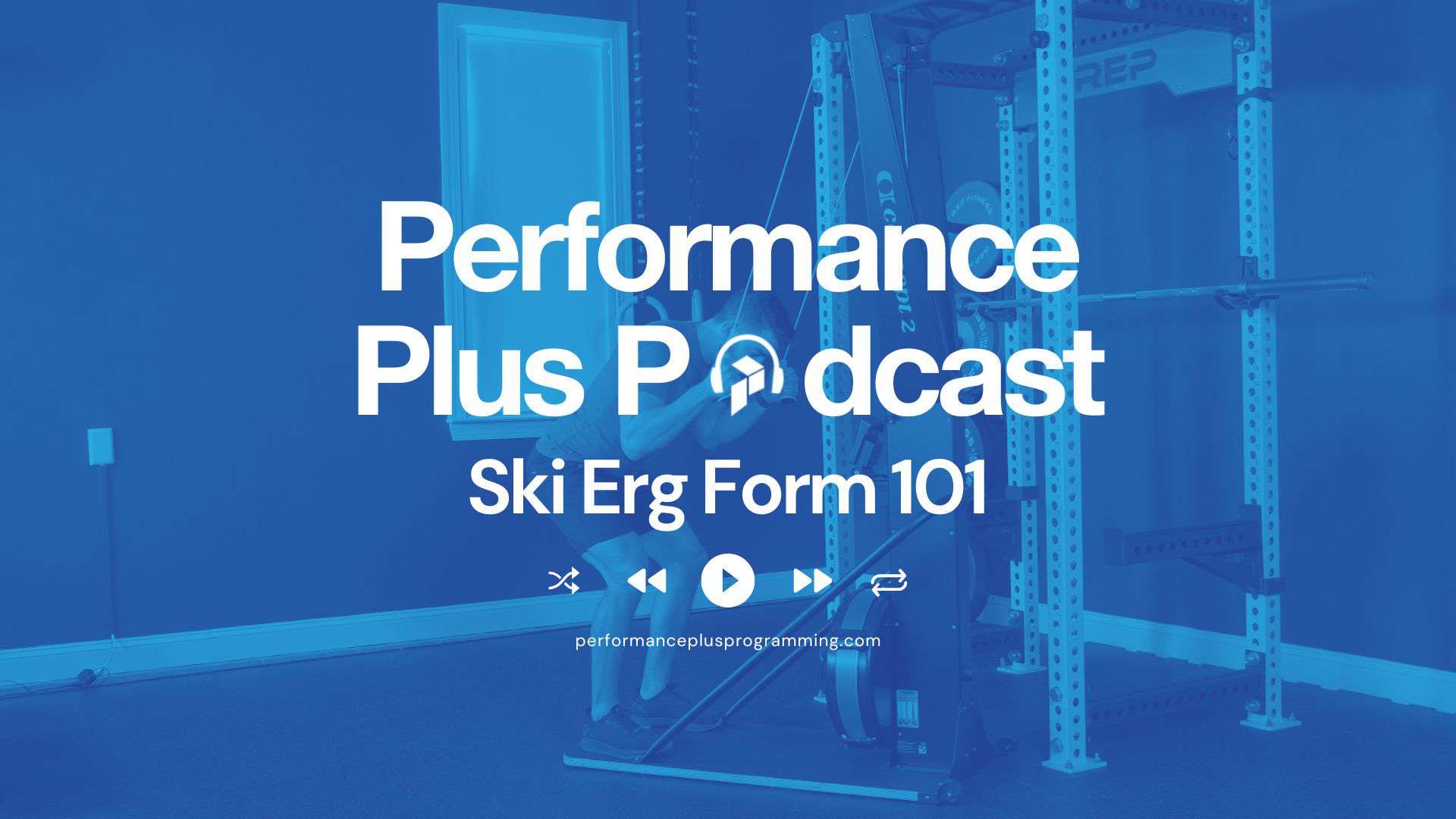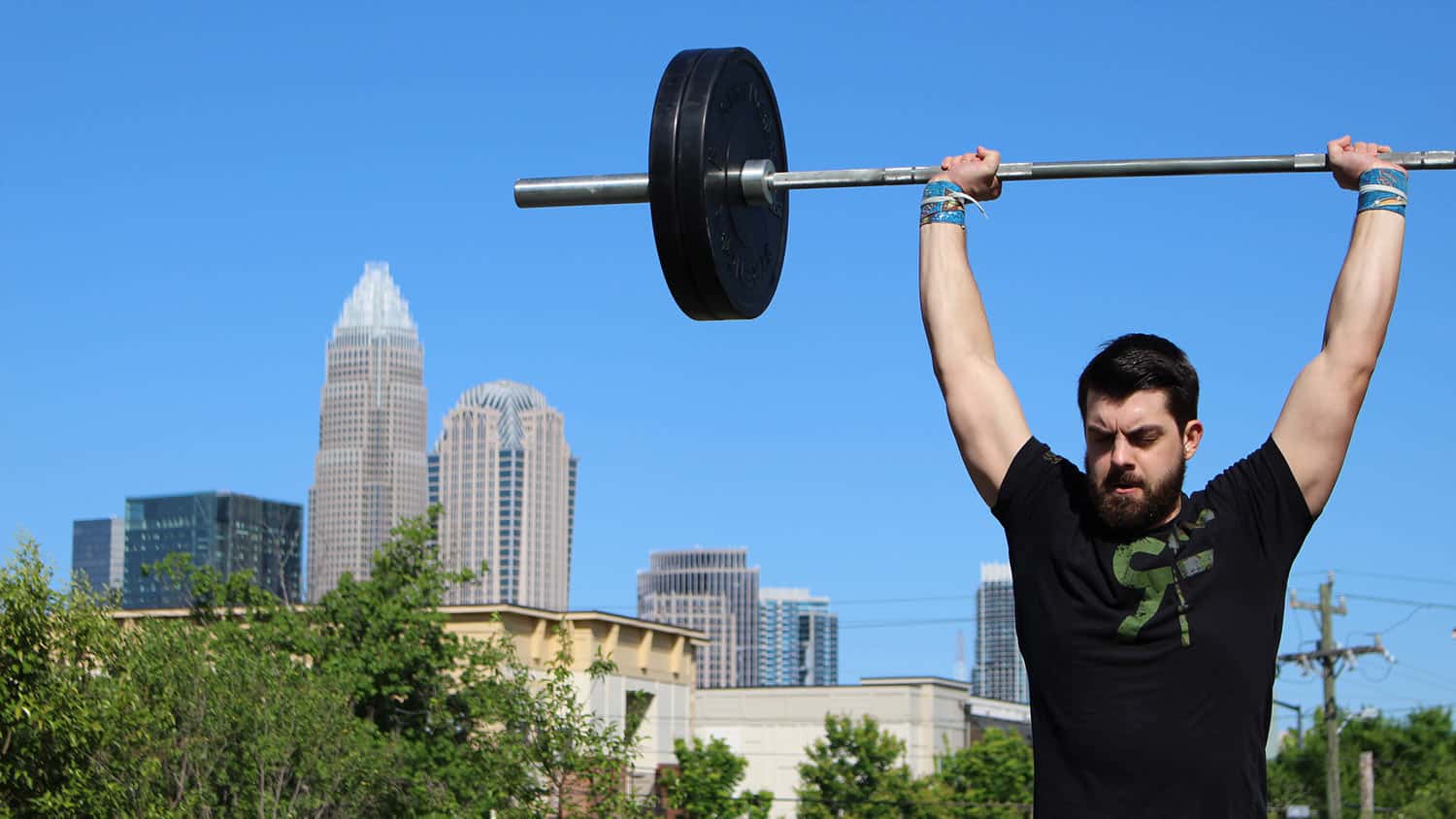
Building Gymnastics Skills for Fitness Athletes
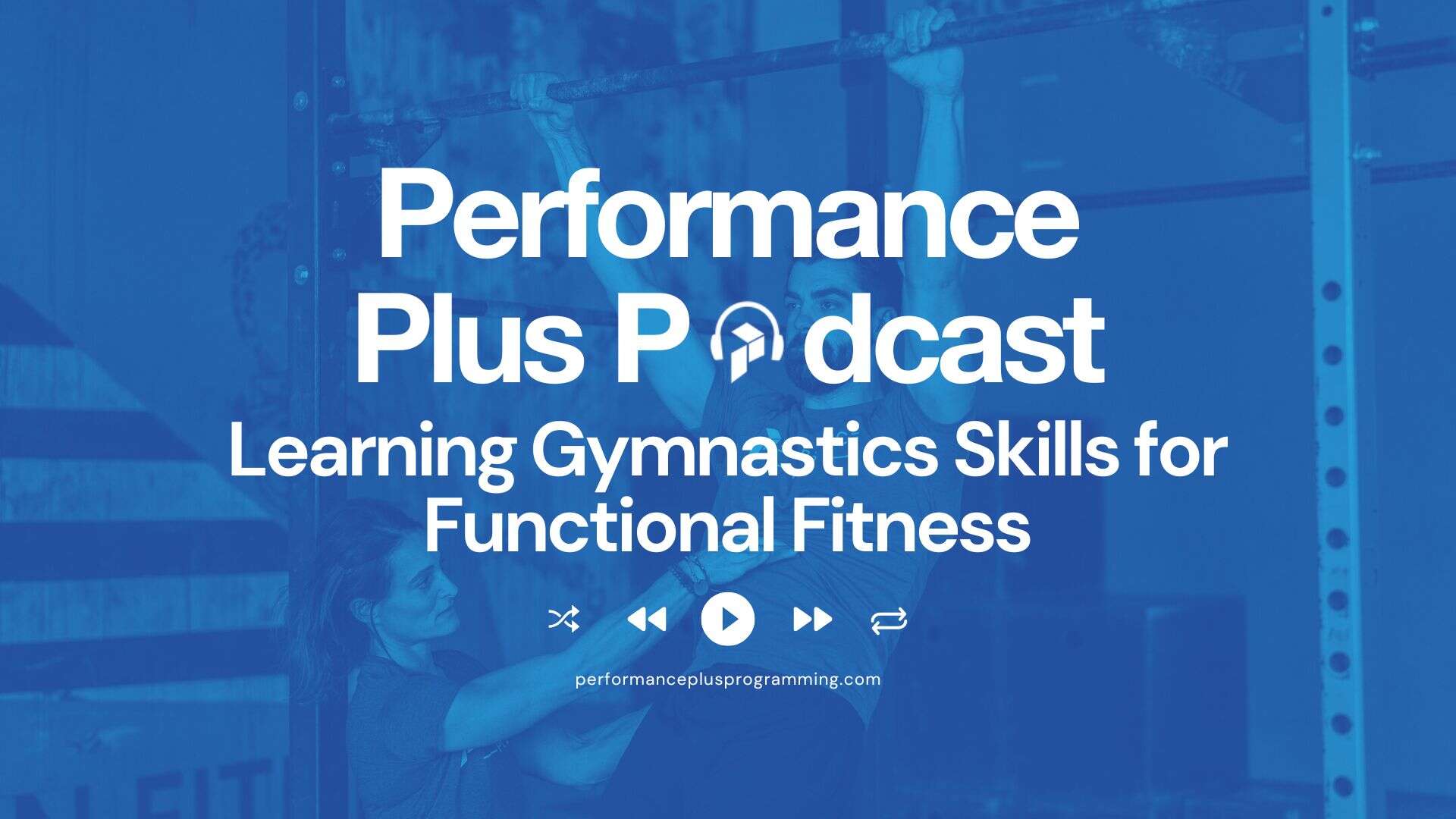
In the world of functional fitness, gymnastics movements like muscle-ups, toes-to-bars, and handstand walks can feel like the final boss. They’re flashy, technical, and often the difference between an RX or scaled workout. But for many athletes, these skills seem just out of reach—despite solid strength and conditioning elsewhere.
So what’s the missing piece?
In this week’s episode of the Performance Plus Podcast, I broke down the three essential elements every athlete must develop to improve gymnastics performance:
Building Gymnastics Skills for Fitness Athletes
Mobility: The Foundation for Efficient Movement
When we think about gymnastics, we don’t always think about mobility first—but we should.
Efficient gymnastics requires the body to move through large ranges of motion while maintaining stability and control. Limited mobility creates compensations that make movement harder and riskier. For example:
- Tight shoulders? You won’t be able to stack properly in a handstand, forcing your back to arch and your legs to bend.
- Lack of shoulder extension? That makes it nearly impossible to catch deep in a ring dip during a muscle-up, especially under fatigue.
- Poor thoracic spine or hip mobility? That’s going to kill your kipping rhythm on toes-to-bar.
Without proper joint positioning, every rep becomes a battle with your own body. You’re not just fighting fatigue—you’re fighting physics.
That’s why mobility must be addressed first. At Performance Plus Programming, we offer a free Mobility Checklist to help athletes assess the specific areas limiting their skills. Stop guessing, and start improving with precision.
Strength: Build the Base Before You Swing
It’s tempting to jump straight into kipping movements. They’re fun, they’re fast, and they get you over the bar even if you’re not strong enough—for now.
But skipping the strict strength phase is a mistake that limits progress and invites injury.
- If you can’t perform a few strict pull-ups, you have no business kipping.
- Without strict dips, muscle-ups become dangerous.
- If you can’t hold a strict handstand, why are you trying to walk on your hands?
Strict strength gives you the control to safely absorb forces, maintain good positioning, and handle high-volume training. It’s also what unlocks higher-level skills. Want 20 unbroken pull-ups? Want multiple bar muscle-ups? That’s built on strict strength—not just momentum.
Use strength standards as your guide. For example, 3–5 strict pull-ups before kipping, 5+ strict dips before muscle-ups, etc.
We’ve created a Gymnastics Skill Chart to help you find your current level and know what to build next.
Skill Progressions: Don’t Just Practice—Practice Smart
Here’s the truth: you won’t get your first muscle-up just by jumping up to the bar, flailing around, and hoping it happens. You need structured, skill-specific progressions that break the movement down and build it back up.
We learn gymnastics best through positive, successful repetitions—not failure after failure. And those reps come from:
- Drills that isolate timing, like banded transitions for muscle-ups
- Movements that develop coordination, like arch-hollow drills for toes-to-bar
- Practice that builds confidence, like wall-supported walks before freestanding handstand walks
Great programming doesn’t just say “try again”—it teaches your brain and body how to move. That’s what we do inside our gymnastics programs, which thousands of athletes have used to get their first pull-up, first bar muscle-up, and more.
View this post on Instagram
Ready to Break Through?
If you’ve been stuck on a skill for weeks or months—or even years—it’s time to stop guessing.
Start training with purpose.
✅ Fix the mobility.
✅ Build the strength.
✅ Master the skill progressions.
Check out our full library of gymnastics programs at performanceplusprogramming.com and finally unlock the movements that have been holding you back.

